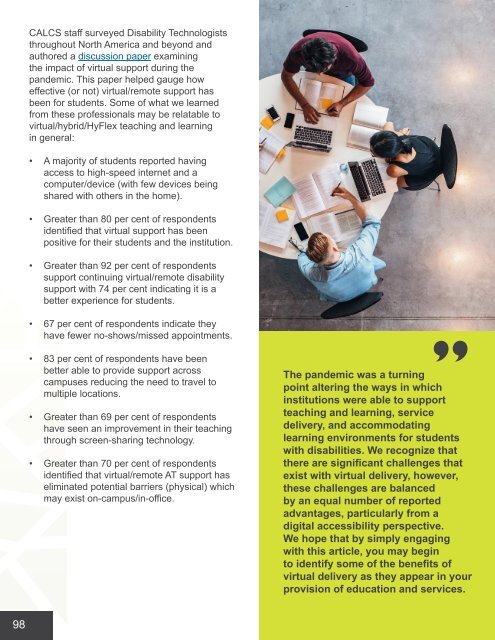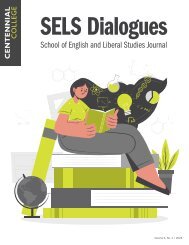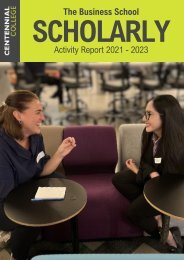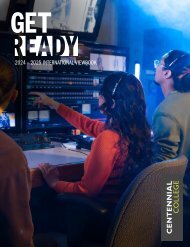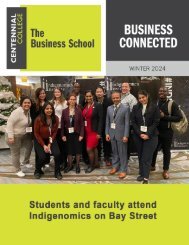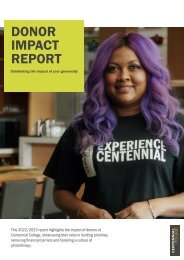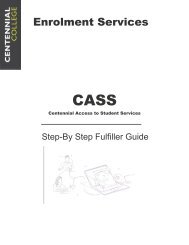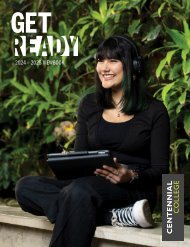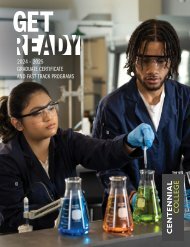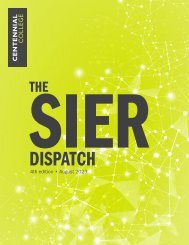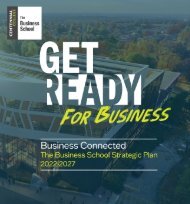The Teaching and Learning Innovation Digest - May 2023
Welcome to a truly special edition of the Teaching and Learning Innovation Digest! Our seventh annual academic publication has assumed an incredibly meaningful shape and form for a number of reasons. Not only did we receive an enthusiastic response with over 30 submissions via our institutional broadcast, but we also have consciously and intentionally embraced the principles of Universal Design for Learning by attempting to represent and celebrate the varied forms of expressions therein. From reflective essays, poetry, visual and performing arts, podcasts, video conversations to scholarly work, academic and applied research, news and updates, and interviews, this is truly a power-packed publication!
Welcome to a truly special edition of the Teaching and Learning Innovation Digest! Our seventh annual academic publication has assumed an incredibly meaningful shape and form for a number of reasons. Not only did we receive an enthusiastic response with over 30 submissions via our institutional broadcast, but we also have consciously and intentionally embraced the principles of Universal Design for Learning by attempting to represent and celebrate the varied forms of expressions therein. From reflective essays, poetry, visual and performing arts, podcasts, video conversations to scholarly work, academic and applied research, news and updates, and interviews, this is truly a power-packed publication!
Create successful ePaper yourself
Turn your PDF publications into a flip-book with our unique Google optimized e-Paper software.
CALCS staff surveyed Disability Technologists<br />
throughout North America <strong>and</strong> beyond <strong>and</strong><br />
authored a discussion paper examining<br />
the impact of virtual support during the<br />
p<strong>and</strong>emic. This paper helped gauge how<br />
effective (or not) virtual/remote support has<br />
been for students. Some of what we learned<br />
from these professionals may be relatable to<br />
virtual/hybrid/HyFlex teaching <strong>and</strong> learning<br />
in general:<br />
• A majority of students reported having<br />
access to high-speed internet <strong>and</strong> a<br />
computer/device (with few devices being<br />
shared with others in the home).<br />
• Greater than 80 per cent of respondents<br />
identified that virtual support has been<br />
positive for their students <strong>and</strong> the institution.<br />
• Greater than 92 per cent of respondents<br />
support continuing virtual/remote disability<br />
support with 74 per cent indicating it is a<br />
better experience for students.<br />
• 67 per cent of respondents indicate they<br />
have fewer no-shows/missed appointments.<br />
What can you do?<br />
As a faculty member, you can have a tremendous impact on the accessibility of your<br />
courses. <strong>The</strong> three principles of UDL are a great starting point <strong>and</strong> work towards an<br />
inclusive classroom. Beyond UDL you want to consider accessibility for your learners with<br />
disabilities. This is when you want to examine how to remove barriers in your courses that impact<br />
reading, comprehension, <strong>and</strong> navigation. Here are three tips to increase the accessibility of<br />
our courses:<br />
1. Increase your document <strong>and</strong> content accessibility using the Accessibility Checker in Microsoft.<br />
2. Provide captions <strong>and</strong> transcripts for any virtual, video, or audio content.<br />
• Enable captions in Zoom conferences<br />
• Caption recorded content with MediaSite, Microsoft Stream, or YouTube<br />
3. Record classes to support content review or connectivity issues.<br />
• Record with Zoom<br />
• Record with Microsoft Teams<br />
Interested in more?<br />
Read more about the discussion paper referenced above which examines the impact virtual assistive<br />
technology had on students throughout the p<strong>and</strong>emic.<br />
Where you AT? Discussion Paper<br />
• 83 per cent of respondents have been<br />
better able to provide support across<br />
campuses reducing the need to travel to<br />
multiple locations.<br />
• Greater than 69 per cent of respondents<br />
have seen an improvement in their teaching<br />
through screen-sharing technology.<br />
• Greater than 70 per cent of respondents<br />
identified that virtual/remote AT support has<br />
eliminated potential barriers (physical) which<br />
may exist on-campus/in-office.<br />
<strong>The</strong> p<strong>and</strong>emic was a turning<br />
point altering the ways in which<br />
institutions were able to support<br />
teaching <strong>and</strong> learning, service<br />
delivery, <strong>and</strong> accommodating<br />
learning environments for students<br />
with disabilities. We recognize that<br />
there are significant challenges that<br />
exist with virtual delivery, however,<br />
these challenges are balanced<br />
by an equal number of reported<br />
advantages, particularly from a<br />
digital accessibility perspective.<br />
We hope that by simply engaging<br />
with this article, you may begin<br />
to identify some of the benefits of<br />
virtual delivery as they appear in your<br />
provision of education <strong>and</strong> services.<br />
98<br />
99


